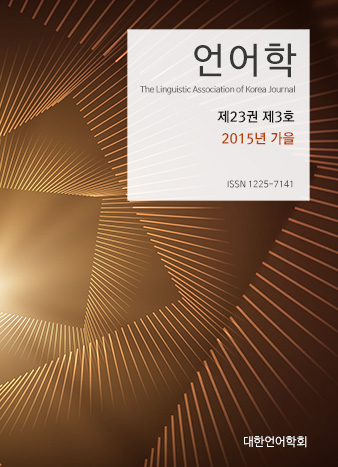대한언어학회 전자저널
23권 3호 (2015년 9월)
- The Relationships between the Self-directed Learning, Learning Strategies, and English Proficiency in L2 Learning
-
Young Ah Cho & Jee Hyun Ma
Pages : 49-67
Abstract
Cho, Young Ah & Ma, Jee Hyun. (2015). The Relationships between the Self-directed Learning, Language Strategies, and English Proficiency in L2 Learning. The Linguistic Association of Korea Journal 23(3), 49-67. The current study aimed to examine the relationships between self-directed learning, learning strategies, and English proficiency in L2 learning. One hundred forty-six university students were classified into three groups: low-, medium-, and high-levels of self-directed learning groups. For the study, a questionnaire on the background was used to examine learners' general information. To gauge the learners' levels of self-directed learning and learning strategy use frequency, a questionnaire about the self-directed learning and learning strategies was carried out as well. In addition, TOEIC scores were used to figure out the learners' proficiency levels. The collected data were analyzed using descriptive statistics, a MONOVA, and Pearson correlations. The results demonstrated that learners from the high- and medium-levels of self-directed learning groups reported using more learning strategies than learners from the low-level self-directed group. The findings also revealed that there existed a positive correlation between self-directed learning and learning strategies as well as between self-directed learning and English proficiency. Pedagogical implications were made based on the results.
Keywords
# self-directed learning # language learning strategies # English proficiency level # L2 instruction
